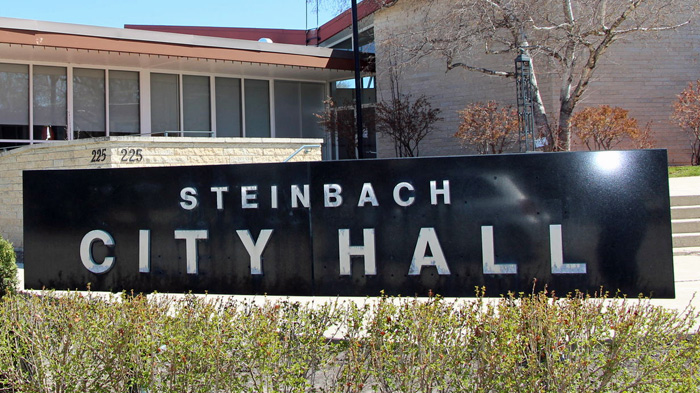Rethinking Lifestyle
Does Growth Take Us Where We Need To Go?

Our new city council is now in place, and if the councillors’ pre-election promises are to be taken seriously, the council members are all committed to growing the city. But is that indeed what we want?
For the bigger-is-better crowd, the logic is clear enough: Adding people means an expanded workforce. New residents means new customers for local businesses, which in turn increases tax revenue; with more revenue, more facilities can be built.
But is that really what we want? What about less crime, fewer drugs, less corruption? What about easy access to doctors and other health facilities? What about a school system where there is good, effective communication between the board, teachers and parents? What about how we communicate with our neighbours, the walk-ability of our city and our access to green space? What about job security and how long it takes to get to work? I think most of us want these things.
These are the reasons why we chose to live in a small city, but we lose much of that as our city gets bigger. If we had wanted to live in a big city, we would have chosen to live in Winnipeg or even Toronto. No one disputes that there are advantages to living in a big city, but those of us living Steinbach have, by our choice, made it clear that the advantages of small city living outweigh the advantages of big city living.
So why, then, do our elected leaders all promise to grow our city? And why do we all vote for candidates that promise to grow our city? I submit that it is because we are addicted to growth, and my fear is that, as with all addiction, it (growth) will not bring us what we seek. It may well destroy us.
We readily agree that unlimited growth is unsustainable – that there are limits to all growth. Most scientists now agree that the current world population of 8 billion cannot be sustained by our planet on the long run. But what population can be sustained by the environment around Steinbach? I submit that the answer to that question depends on what limitation we examine. The most obvious limitation is energy to keep us warm through our cold winter. Today, we depend overwhelmingly on natural gas drawn from natural gas fields a thousand miles from here – in Alberta. The supply is limited. According to Worldometer, Canada has 18 years of gas left at current consumption levels. There is room to disagree about the number, but the number is irrelevant. The supply of natural gas is limited. It is not a renewable resource.
I think it is time our municipal leaders begin thinking about how we (or our children) will heat our homes when the supply of natural gas runs out? Of course we have an abundance of hydro-electricity in Manitoba, and that is renewable, but it comes from a place 1,000 km from here. There is a vulnerability inherent in transporting energy such a long distance. Over the next 18 years many things can change.
There is much our local councils could do to prepare us for a future where energy will be more scarce and more expensive. The building code could insist on more insulation, and new homes should be built solar ready. District heat is more compatible with geothermal heating as a well as biomass heating. These a just a few suggestions. There are many more possibilities.
Sustainability should be our concern these days. Growth does not move us in that direction.




